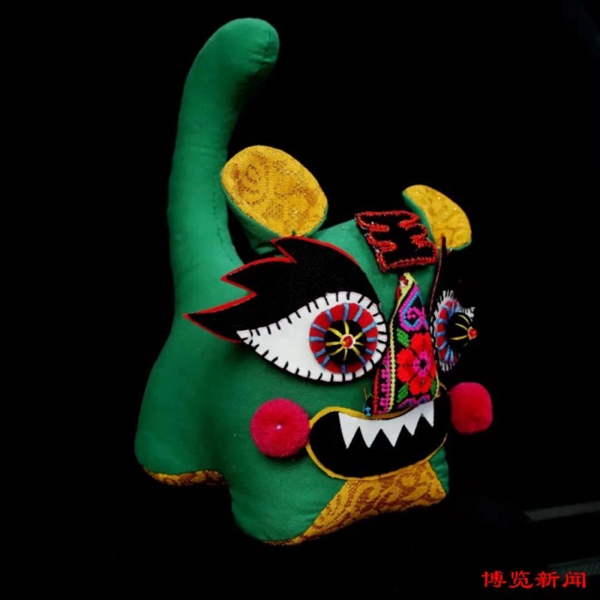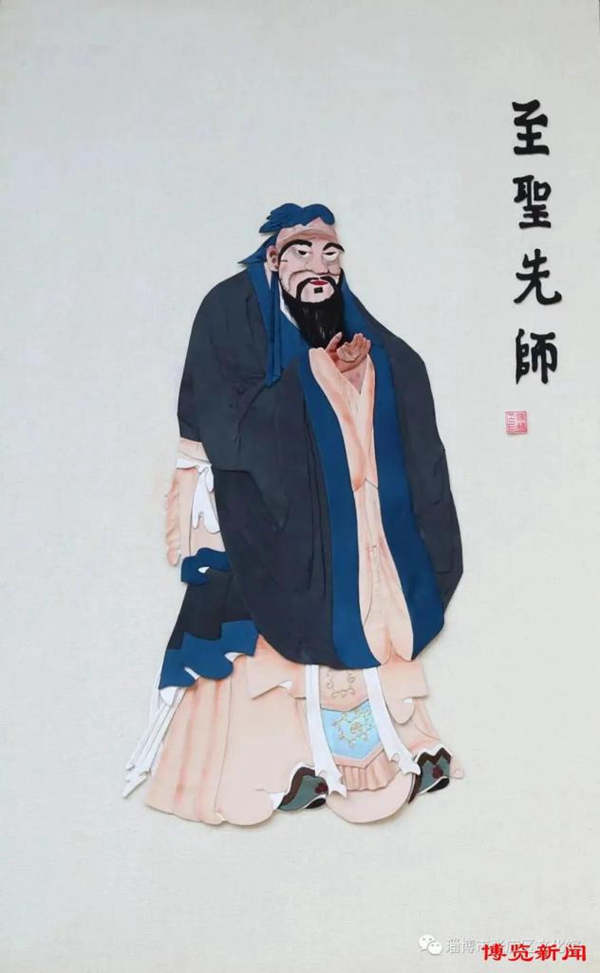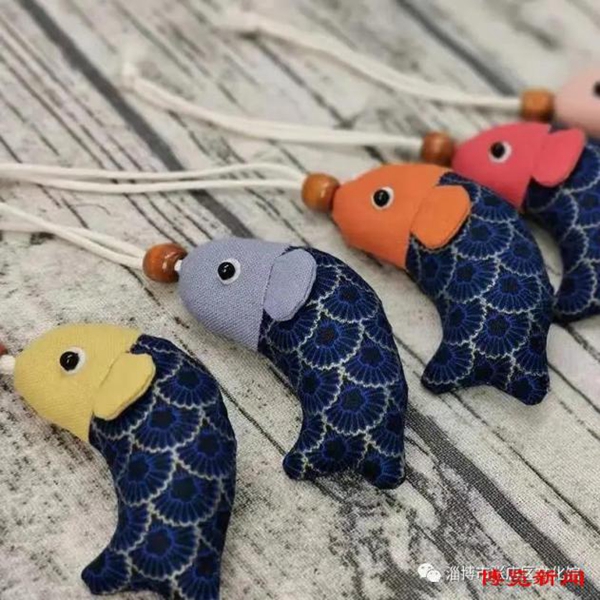
Visually fascinating Chinese applique in the Zhangdian district of Zibo city – located in East China's Shandong province – is one of the oldest forms of folk art in China, which became popular and mature during the Qing Dynasty (1644-1912).
Applique is ornamental needlework, in which pieces or patches of fabric in different shapes and patterns are sewn or stuck onto a larger piece to form an artistic piece.
With cloth as its raw material, the handicraft utilizes original elements like color, purity, brightness and texture – integrating paper cutting, embroidery and painting. Using scissors instead of brushes, the piece is skillfully cut and creatively pasted to present an unexpectedly beautiful aesthetic.
Based on traditional folk customs, flowers, birds and scenery, the piece is made by hand through intricate processes including outlining, cutting, layering and pasting. The outcome is often realistic, delicate and three-dimensional – blessed with both the artistic style of traditional Chinese painting and strong cultural folk characteristics.
In 2019, the art form was included in the list of representative items of Zibo's municipal intangible cultural heritage.

A hand-embroidered cloth tiger comes to life. [Photo/zbnews.net]

A pair of fanciful storage boxes made with different patterns of fabric. [Photo/zbnews.net]

The clothes of Confucius in this artwork are multi-layered. [Photo/zbnews.net]

Lovely key pendants, designed in the shape a carp. [Photo/zbnews.net]